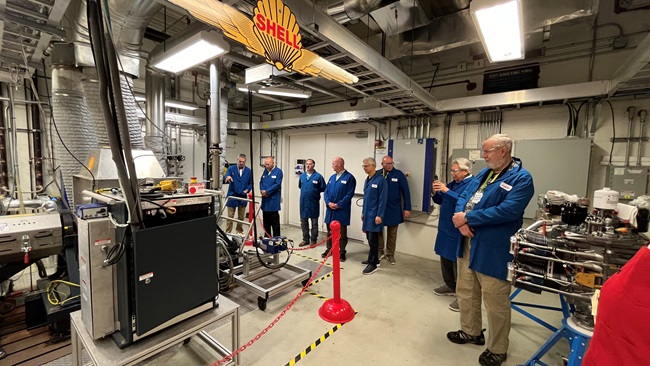FAA updates AC on engine power-loss accidents
The FAA has released an updated advisory circular that focuses on the circumstances surrounding engine power-loss accidents and recommendations on how to prevent them. The document also provides charts and advice for engine trend monitoring.
The AC highlights and discusses several operational causes of engine failure that include inadequate preflight inspections, fuel contamination and misfueling, collapsed fuel bladders, exceeding time between overhauls, poor engine operating technique, and maintenance mishandling. Lack of pilot training and mismanagement of the engine control systems by the pilot remains the leading cause of engine failure.
The FAA believes that many power-loss accidents are preventable if the owner/operator implements a training program for pilots and mechanics and incorporates an engine trend monitoring program.
Trend monitoring for reciprocating engines is the periodic collection and analysis of a select number of engine readings and indications that can predict a failure before it happens. Trend monitoring should include inspection and monitoring of engine case components, cylinder and piston assemblies, and accessories like the ignition, electric, and vacuum systems.
The generic trend monitoring charts can found in section 7.2 of the AC. Advisory Circular AC_20-105C cancels AC_20-105B, published in 1998.




